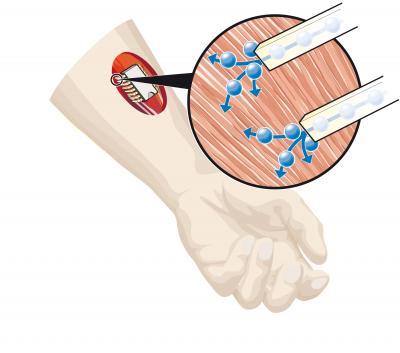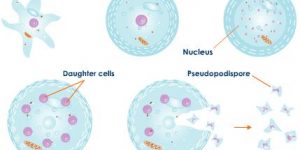Readers of the Nature Communications journal have already read about the discovery made by Klas Tybrandt, a Swedish organic electronics student at Linköping University.
 The research group of Klas Tybrandt focuses on organic electronics research and they are well-known for developing ion transistors which are capable of transporting negative and positive ions and biomolecules. However, the team has just achieved something revolutionary which may affect technology all around the world – Tybrandt managed to combine those transistors in circuits which are similar to the circuits of popular silicon-based electronics.
The research group of Klas Tybrandt focuses on organic electronics research and they are well-known for developing ion transistors which are capable of transporting negative and positive ions and biomolecules. However, the team has just achieved something revolutionary which may affect technology all around the world – Tybrandt managed to combine those transistors in circuits which are similar to the circuits of popular silicon-based electronics.
Chemical circuits have one huge advantage over the traditional circuit boards – their charge carrier is made of various chemical substances which have different functions. Basically, thanks to those circuits, we can find new ways to regulate and control the signal paths of the cells in the human organism.
This project was begun nearly three years ago by Magnus Berggren, leader of the group and Klas Tybrandt. The first successfully constructed transistors were used by researchers at the Karolinska Institutet who managed to control the delivery of acetylcholine to cells. The transistors can also work with signaling substances other than acetylcholine.
Thanks to this breakthrough, we might soon use circuit boards based on molecules and ions instead of the traditional holes and electrons.


